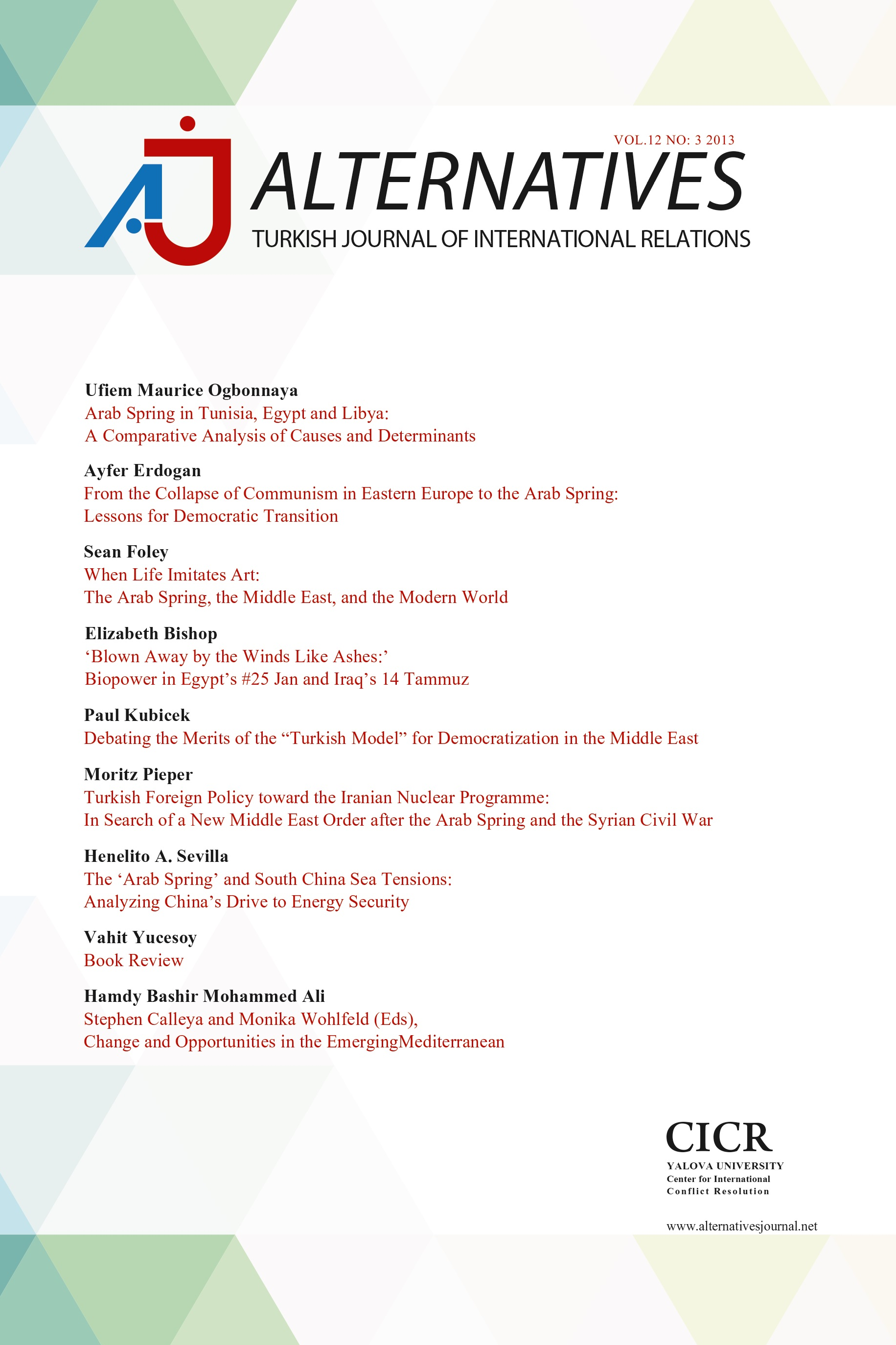Account of The Algerian Urban Guerrilla Network and Its Role in The FLN’s Campaign during The Battle of Algiers (1956-1958)
Account of The Algerian Urban Guerrilla Network and Its Role in The FLN’s Campaign during The Battle of Algiers (1956-1958)
Algerian guerrilla network has been studied from
different angles and perspectives within the framework of either Algerian
history, or FLN nationalism. This paper is an attempt to highlight the birth,
growth and demise of the Algiers Autonomous Zone, (ZAA) as was launched by the FLN
in mid 1956 in Algiers. Its aim is also to investigate the FLN urban guerrilla
and terror network in general, and see its impact on the Algerian rural
campaign, including strategy and tactics. Accordingly, it will also search
French counter-insurgency response using French paratroopers and
institutionalisation of extensive torture as well as, interrogation to extract
information from FLN captured guerrillas.
Keywords:
Guerrilla & urban guerrillas, terrorism, nationalism, Jihad Counter-terrorism,
___
- Algiers was given at the Summam Conference of 1956, a special status because of its location and nature. It was divided into three main targets: Algiers Centre, Algiers West and Algiers East, where each part was directed by a "Council" divided into three branches: 1 - Politico-military; 2 - Financial; and 3 - Intelligence. For further information refer to Philippe Tripier in "L'Autopsie de la guerre d'Algérie", p. 197.
- Tripier, Philippe. L'Autopsie de La guerre d'Algérie, Paris Editions, France-Empire, 1972, p. 131.
- Ibid, p. 134. At the Summit, the politico-financial branch was directed by the Zonal Political Commissar who was also at the same time the politico-financial chief's assistant to the ZAA. Philippe Tripier estimated the Autonomous Zone of Algiers finance at the end of 1956, from 100 to 20 million of old French Francs per month. "Autopsie de la guerre d'Algérie". Paris, éditions, France-empire, 1972, p. 134.
- Fidayeen or a Fidai is an urban guerrilla fighter ready to carry out delicate missions and die for the cause.
- Ibid, p. 132.
- Yacef, Saadi. Souvenir sur la Bataille d'Alger, Paris, 1962, p. 35.
- Tripier, Philippe. L'Autopsie de La guerre d'Algérie, p. 133. The head of the zonal branch directed by five committees forming some kind of an "Etat-Major' and was partially put at the service of the CCE: The Committee of Liaisons ensures the clandestine mail with the military Wilayas, the FLN's federation in the Metropole, the organisation of the FLN with the CCE and with the forces already established in both Tunisia and Morocco. The Committees of intelligence were in charge of spying on the French administration and on the Muslim Unities working for France. The Committee of the Press was in charge of informing the consul of zones, propaganda circulation as well as for psychological actions. The Committee of justice was in charge of control over the execution of directives already decided by the central organ. The Sanitary Committee was dedicated to medical supplies and medicine preparation and was assigned to work towards the creation of an Algerian Red Cross. And finally the trade unions-committee was in charge of organising and leading workers’ strikes and protest marches. Despite this detailed specialisation, there were common duties where one branch would occasionally do the other's work in order to maintain survival in case of French detection.
- Yacef, Saadi. Souvenirs sur la Bataille d'Alger, p. 10. Reserve-Networks were led by a prominent militant called Zoubir Bouadjadj, who was responsible for La Redoute-Clos-Salembier, Bir Mandraeis, Ruisseau and Belcourt sectors. On November 16th 1954 Zoubir was arrested with his group consisting of: Belouizdad, Merzougui, Kaci Abdallah Mokhtar, Kaci Abdallah Abderrahmane and Guesmia, as well as Yacef himself. ibid.
- Tripier, Philippe. L'Autopsie de La guerre d'Algérie, p. 233. See also Yacef, Saadi. Souvenirs sur la Bataille d'Alger, p. 20.
- Yacef, Saadi. Souvenirs sur la Bataille D'Alger, Tome I, Edition Unité de Reghaia 1984, p. 86.
- ISSN: 2146-0809
- Başlangıç: 2002
- Yayıncı: Yalova Üniversitesi
